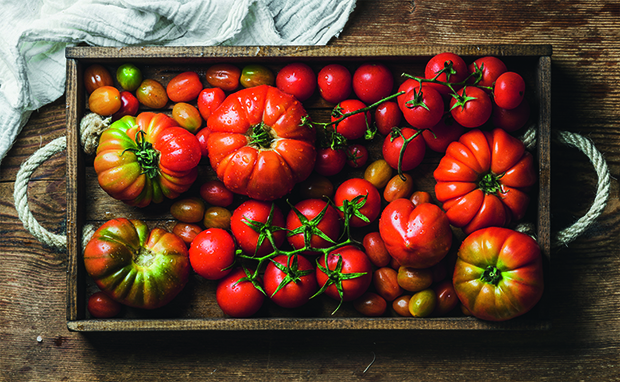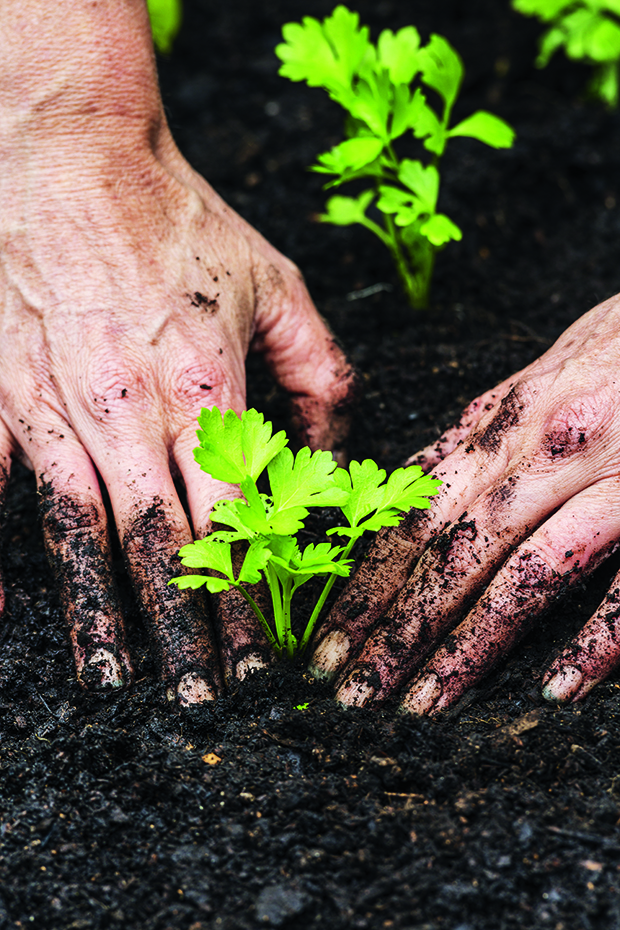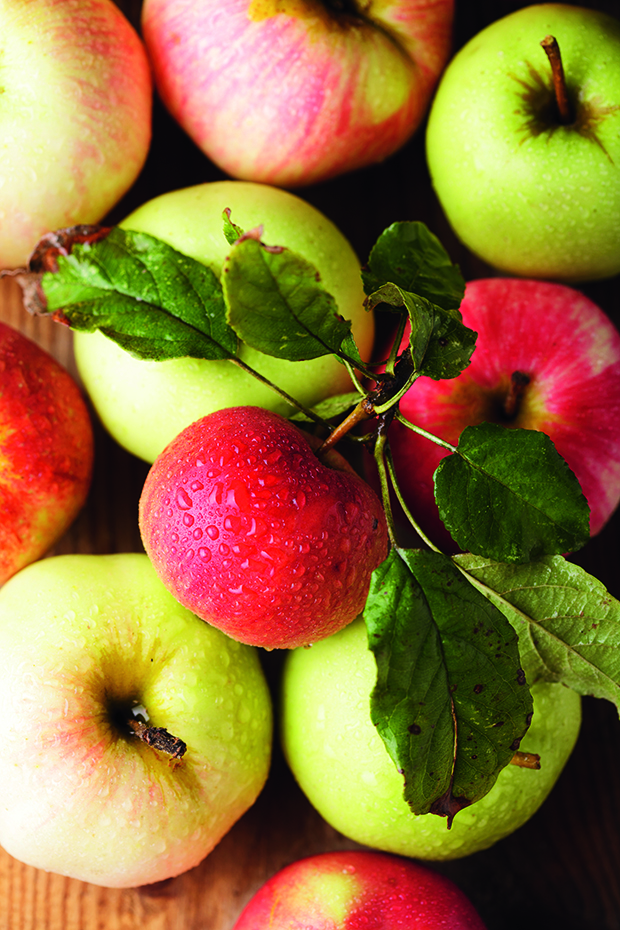A garden checklist for the first signs of autumn

Enjoy the final summer goodies and start to prepare for autumn.
Words: Jane Wrigglesworth
Continue harvesting chillies, tomatoes, potatoes, capsicums and aubergines, taking note of which annuals have reached the end of their cycle and can be removed to make room for new plantings.
Begin planting or sowing winter greens including mizuna, cos lettuce, kale, kohlrabi, broccoli and arugula.
Transplant or sow celery with a decent clump of compost and keep well-watered. Celery will grow well through the cooler temperatures of autumn and early winter. To ensure healthy growth, keep soil consistently moist and feed regularly with compost or a seaweed mix.

Harvest mature pears to ripen off the tree.
Tray sow beetroot, bulb onions and spring onions indoors.
Start harvesting apples if the most prominent sun-facing ones come off easily with a gentle lift. Begin storing excess apples by wrapping each fruit in newspaper or tissue paper and place in a single layer on a tray or in a box.

Give citrus trees a decent feed with compost, seaweed or well-aged manure to ensure they grow strongly throughout the autumn and winter.
Establish a reliable source of healthy winter salad greens. Miner’s lettuce grows prolifically and densely, and thrives throughout autumn if sown in large patches. It’s also high in vitamin C and antioxidants, and has a mild, versatile flavour.
Winter is coming. It might seem too early, and your garden may have very little space, but March is the perfect time to start planting your crops for winter. As autumn sets in, soil temperatures will start to cool, slowing down both the activity of microorganisms within the soil and plant growth. Getting the right seeds and seedlings – such as miner’s lettuce and mustard greens – in the ground now while the soil remains warm will give your winter garden a head start. If your garden is still full of summer crops, keep in mind the following to create more space.
• New seedlings can be planted underneath and among established summer crops such as tomatoes, cucumbers. Prune just enough to make some room, while maintaining enough foliage to create shady, moist areas for your seedlings.
• Spent summer crops such as comfrey and rhubarb can be removed and used as a chop-and-drop mulch on the soil to preserve moisture, nourish the community of microorganisms and protect your new transplants from weeds. Be sure to add some compost or manure before you lay down the mulch.
Love this story? Subscribe now!
 This article first appeared in NZ Lifestyle Block Magazine.
This article first appeared in NZ Lifestyle Block Magazine.
